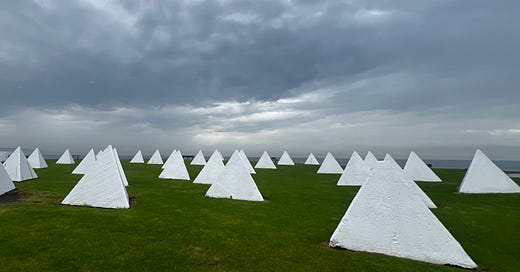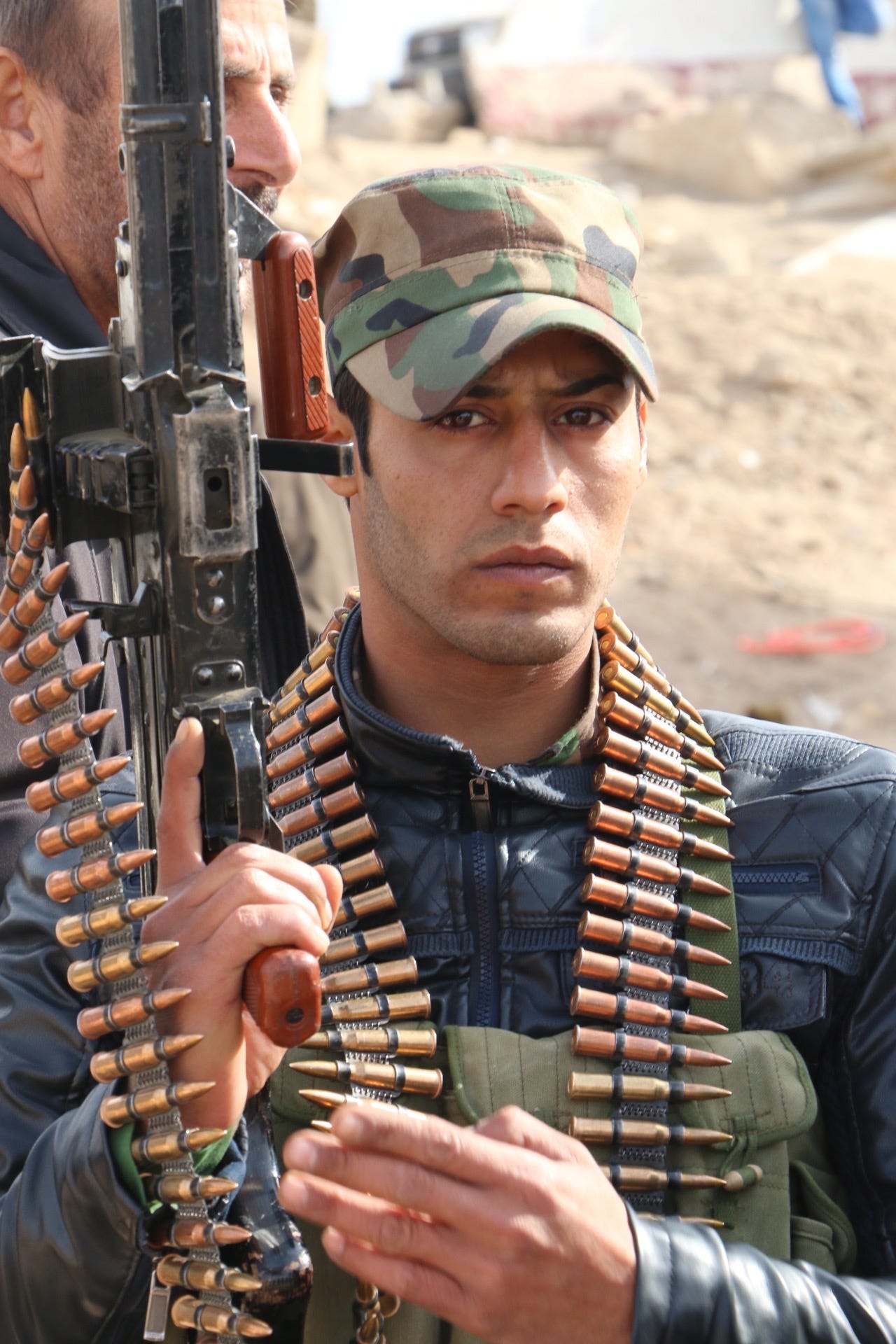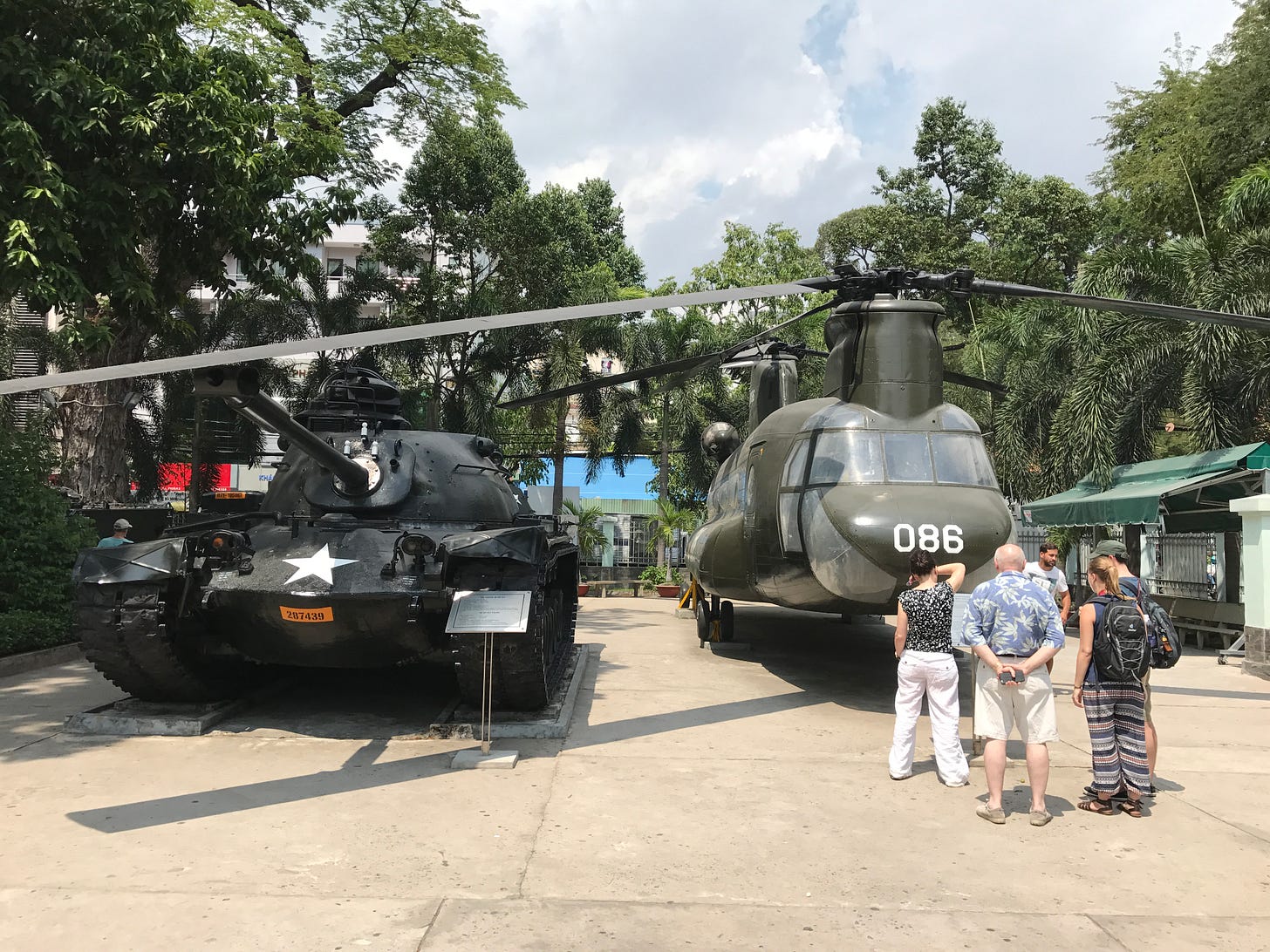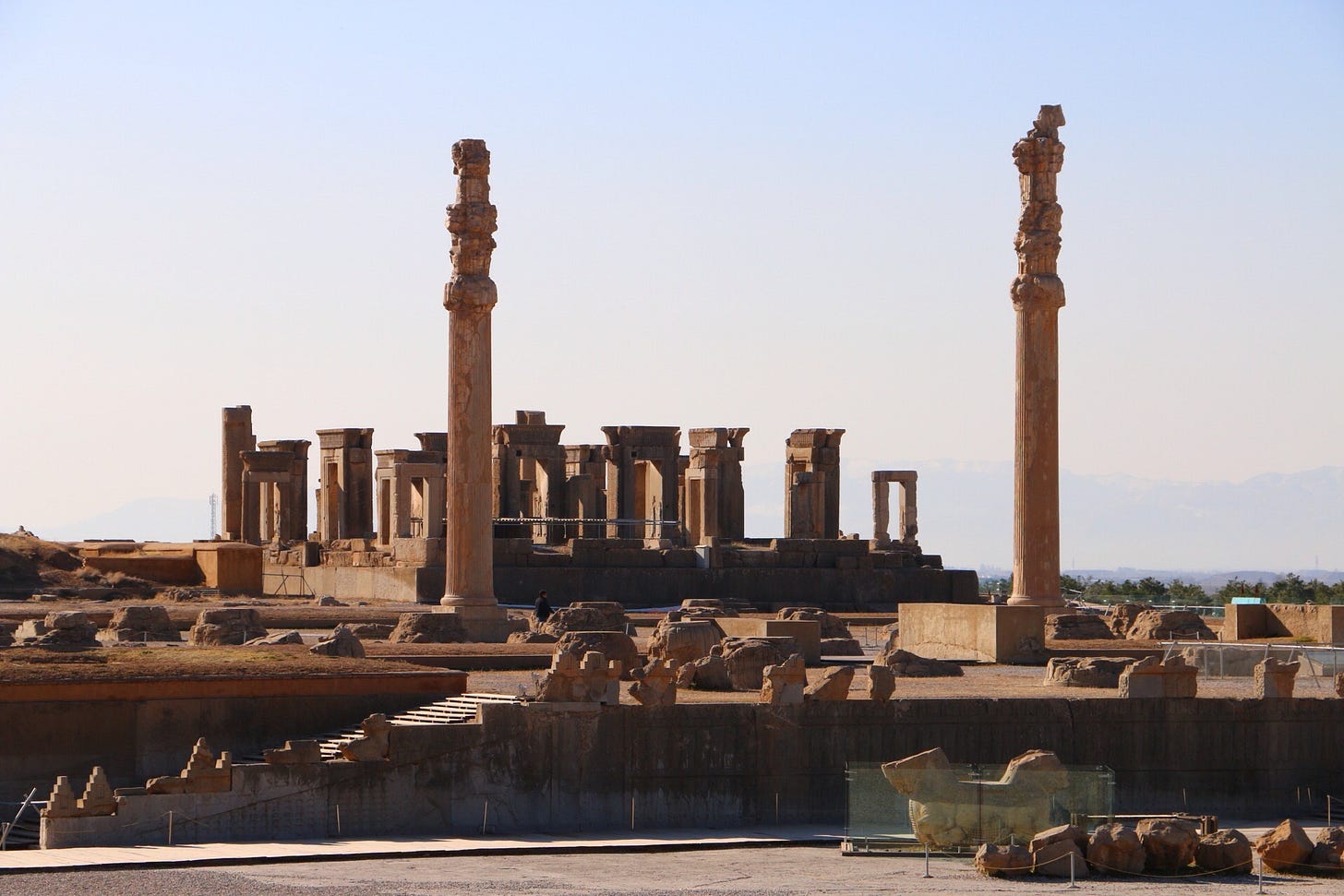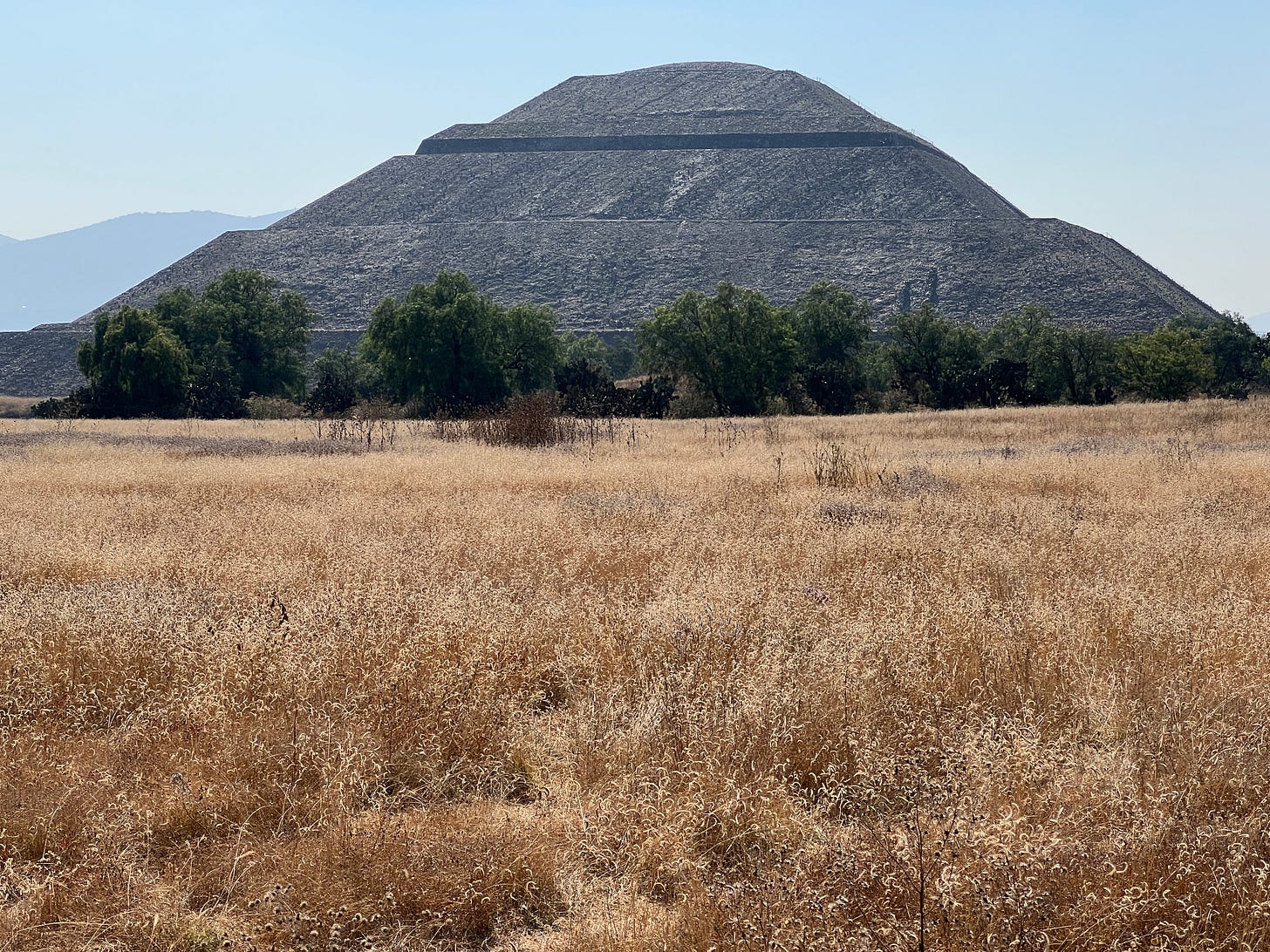Greetings Energy Adventurers, from Asia.
I’m writing from Tokyo just now. But I’ve just finished three weeks of Energy Adventuring in Australia, the first leg of a three-month reporting trip looking at climate change impacts in Asia, and how the transition is progressing in some of the fastest growing energy markets in the world, also places among the most vulnerable to climate change.
Over the next few weeks, I’ll be writing and posting photos about Australia’s climate and energy journey at The Energy Adventure(r) as well as over at Cipher. I looked into how Kangaroo Island, a natural gem off Australia’s southern coast, is recovering from climate-exacerbated fires four years ago, visited a coastal research center near Brisbane studying how best to deal with sea level rise, and looked into Australia’s ambitions to become a clean energy “superpower,” the Saudi Arabia of sun and wind.
Before diving into Asia, I wanted to post briefly today on a topic I’ve been thinking about for some time: the relationship between climate and conflict.
This issue has preoccupied me after two decades experiencing and reporting about conflict — from living through the 9-11 attacks to running reporters in and out of the wars in Afghanistan and Iraq, the Arab Spring uprisings, a civil war in Syria and the Islamic State’s takeover of a vast swath of the Middle East. And then another decade focused on the mounting fallout from climate change, from droughts in the Middle East to more-frequent and powerful cyclones in India to forest fires in Australia and North America.
While many outbreaks of conflict obviously have no connection to climate change, others can seem linked to the warming of the planet in, at least some ways. The Arab Spring uprisings erupted after years of high global food prices, partly the result of persistent drought in some food producing regions. During reporting trips to Damascus before civil war erupted in Syria, I visited bands of displaced rural families from the country’s drought-ravaged north living in tents and tin-roofed hovels on the edges of the city’s suburbs, exactly the areas where protests against the government took hold early.
One of the archetypal fears about climate change is that runaway global warming could cause a sort of civilizational breakdown in part through a self-reinforcing cycle of violent conflict — climate change fallout leading to violence that undermines efforts to address climate change and its fallout. That results in more violence and another turn in a downward spiral. Mitigating and adapting to climate change, the thinking goes, can therefore also be ways to prevent conflict, to break a vicious cycle. Conversely, resolving conflict can be seen as an investment in mitigating or adapting to climate change.
This sort of thinking and the assumptions behind it — abstract as both can sound — are getting an urgent airing in the real world these days. Wealthy countries are being asked, from within and beyond their own borders, to help developing countries prevent greenhouse gas emissions and adapt to climate change. This push will be a major focus of COP29, the annual international climate conference to be held in Baku, Azerbaijan in November.
The temptation will be to allocate, reallocate, and otherwise invest money into climate at least partly to address conflict. Or to label money spent to resolve conflict as also addressing climate. The aim is a sort of twofer for governments eager to show how spending money overseas brings benefits home — by preventing uncontrolled migration from conflict zones, for example.
The developed world tried this with poverty alleviation a few decades back, arguing that lessening poverty reduces conflict, and resolving conflict lessens poverty.
It didn’t really turn out to be so.
So are climate and conflict really connected? Would trying to address the two together help make either better?
I’d been able to find little solid factual basis on which to think about this, until I recently came across ACLED, the Armed Conflict Location & Event Database project. It’s run by Clionadh Raleigh, a long-time researcher in conflict studies. For some two decades, the project has been meticulously scouring news reports and other public information sources to document and then, crucially, categorize conflict events. That wealth of hard data allows for some interesting insights into the relationship between climate and conflict.
The two often co-exist. But whatever causal connections there are, they’re sufficiently nuanced, complex and dependent on particular circumstances. Drawing pat conclusions or addressing the two as a single intertwined problem is self-defeating. I’m also reading Peter Frankopan’s daunting historical study of the relationship between variations in the climate and human history, The Earth Transformed, which carries much the same message at just shy of 1,000 pages.
Frankopan’s classic cited example delineates how the knock-on impacts from a volcanic eruption in Alaska seem to have collided in billiard ball fashion across an interconnected world to influence the messy and violent fall of Cleopatra in ancient Egypt.
Yet Frankopan’s scholarship across the expanse of human history makes clear changes in climate elicit the full array of response — from spasms of violence to renaissance — depending on what humans and the communities they comprise make of them.
ACLED’s data show that communities and countries with weak institutions, sectarian, ethnic, economic and other divides can find themselves vulnerable to climate change and conflict.
That, I would say, could portend a world of rising stress from both climate and conflict — though not because one causes, or reinforces, the other. It also allows for the possibility that a focus on meeting the challenge of decarbonization and adapting to the fallout from climate change could also bring communities together.
“Practitioners and researchers should accept that conflict and climate change co-occur without being causally linked,” Raleigh and her co-authors wrote in a recent article in the British medical and health journal, the Lancet.
Best to move forward addressing both climate and conflict, but separately. But keep in mind a few critical things, they argue:
Climate funding won’t help prevent or resolve conflict. The more these initiatives engage in the inherently political act of trying to resolve entrenched local conflicts, the less effective they’ll be. Simply address climate adaptation needs, by bolstering resilience against flooding or drought, say, or provide clean energy by providing energy by building off-grid solar installations.
Contrary to the insistence of some, climate funding can be administered effectively even in many communities where conflict is rife, improving lives without resolving — indeed, pointedly not trying to resolve — the ongoing conflict.
The trick is to recognize how to shape these programs around the restrictions created by the conflicts, without actually trying to resolve the underlying conflict.
“There are lots of ways in which conflict areas can receive not just development funding, but very specifically climate adaptation work and money,” Raleigh told me. “Just don’t try to solve the conflict while you’re there.”

